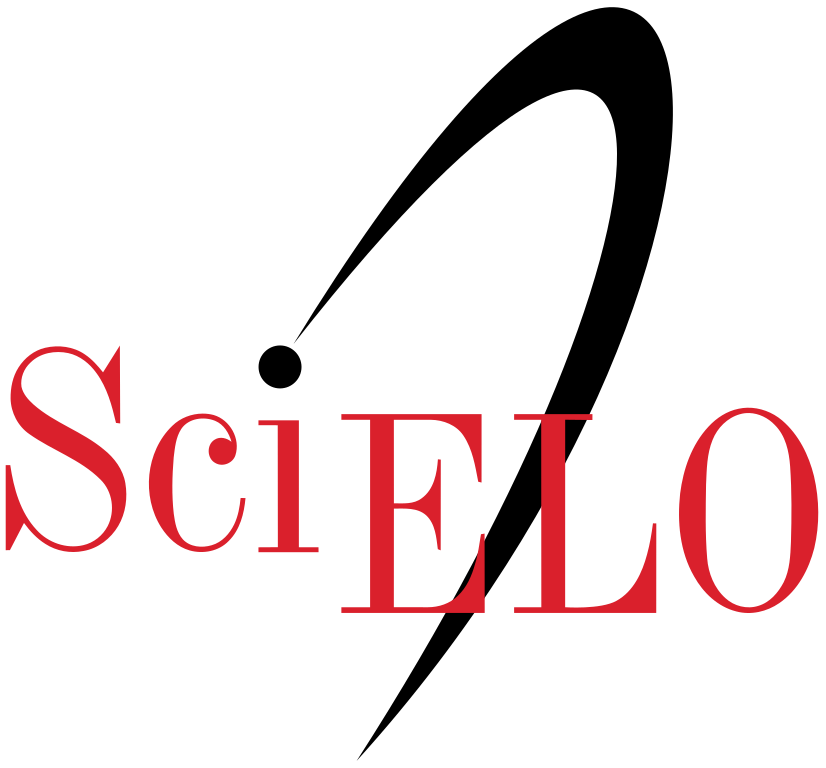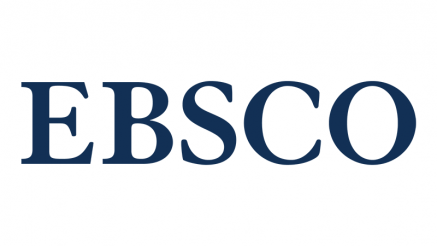Absorption thermodynamic study of azoic dye with by means of a lignocellulosic waste in aqueous medium
DOI:
https://doi.org/10.14482/inde.36.1.10941Abstract
Residue of roast and ground coffee as a lignocellulosic adsorbent material was investigated, in the removal of methyl orange dye from aqueous solutions by batch adsorption experiments. The effects of experimental parameters such as initial dye concentration, biosorbent dose, initial pH and temperature on dye biosorption were studied. The adsorption amount of methyl orange decreased with increasing pH and temperature. The experimental data fitted very well to the pseudo second-order kinetic Lagergren model. A maximum adsorption capacity of 1,3 mg of methyl orange per gram of biosorbent through an adjustment to the Langmuir model was calculated. It was found that the biosorption of methyl orange in the analyzed biosorbent is of exothermic nature. It was found that the roasted and ground coffee residue is viable for the primary treatment of wastewater contaminated with azoic compounds.









